If a durable, lower maintenance landscape is what you’re seeking, you’ll find this list of reliable native shrubs and perennials helpful. We offer many cultivars of native plants (sometimes referred to as “nativars”) here at Garden Crossings, but we’ve selected these ten for their unique beauty and ease of growth. Find details about where they’ll thrive, how to incorporate them into your garden, and tips on landscaping with native plants below.
1. Brandywine™ Viburnum nudum
Southern withered viburnum
Native to: Eastern half of the U.S., West to Texas
Grows: Zones 5-9, full sun to part shade, 5-6’ tall and wide
Uses: Focal point in a fall landscape, hedges, foundation planting, winter interest
There are many native species of Viburnum in North America, but Brandywine is an especially striking, award-winning cultivar. Its fall berry show is breathtaking, with large clusters of berries that transform from green to ivory, pink and dark blue all present at once. Thought many viburnums require a male and female plant to be able to produce fruit, Brandywine will do so all on its own. You’ll also love how its long, glossy green leaves take on a deep maroon fall color. White spring blooms draw pollinators near, but deer typically pass this shrub by. See more viburnum varieties here.
2. Arctic Fire® Red Cornus
Red-Osier or Redtwig dogwood
Native to: Most of North America except Texas, East to the Southeast coast
Grows: Zones 3-7, full sun to part shade, 3-4’ tall and wide
Uses: Winter interest, cut stems, hedges, wet areas
If you take a drive in late fall or winter and see sprigs of red in wetter areas of natural landscapes, you’re likely seeing this distinctive species of our native dogwood. The native species can easily grow 8ft tall, but this shorter selection fits easily into most landscapes and is more densely branched. More branches means more available to cut for winter porch pots and holiday decorating. You’ll want at least one of these planted somewhere on your property for that reason alone. Its bright red winter coloring will lift your spirits on the coldest days of the year. See more dogwood varieties here.
3. Tiny Wine® Gold Physocarpus
Ninebark
Native to: Eastern half of North America
Grows: Zones 3-7, full sun, 3-4’ tall and wide
Uses: Accent plant in borders, short hedge, foundation planting, large containers
Few people realize the durability and usefulness of this beautiful native shrub called ninebark. It thrives in all-day sun, can easily handle the wind, cold and snow, and is moderately drought tolerant. Many ninebarks have deep purple or bronze foliage, but a few bright chartreuse yellow cultivars also exist, like Tiny Wine Gold. It brings an element of fine texture and contrasting color to mixed borders and draws pollinators in with its white blossoms in late spring. Leave it to take on its natural form or prune it to shape, if desired. See more ninebark varieties here.
4. Kodiak® Red Diervilla
Diervilla or bush honeysuckle
Native to: Much of the Eastern half of North America
Grows: Zones 4-7, sun or shade, 3-4’ tall and wide
Uses: Natural gardens, border backdrop, fall interest
This native alternative to burning bush becomes one of the most outstanding shrubs in the landscape every fall when its green foliage transforms into a brilliant mass of red and burgundy tones. It accomplishes much of what a burning bush does, but without the added worry of spreading or reseeding. Small clusters of yellow flowers that attract bees, butterflies and songbirds appear throughout the summer months. Though some light shaping can be done, this shrub is best when left to take on its natural form. Also available: Kodiak® Orange and Kodiak® Black.
5. Berry Heavy® Ilex verticillata
Winterberry holly
Native to: Eastern half of North America, West to Texas
Grows: Zones 3-9, sun or part shade, 3-4’ tall though 6-8’ varieties are also available
Uses: Fall and winter interest, cut stems, hedges, wet areas
Every garden needs winterberry holly, especially if you live where winters are cold and long. Along with the redtwig dogwood shown above, this “berry beautiful” shrub will be the most remarkable plant in your landscape from late fall through the winter months. Winterberry holly is a deciduous holly whose branches become encrusted in fire engine red, orange or gold berries depending on which cultivar you are growing. They work beautifully as cut stems in winter arrangements and are a treat for birds in the spring once the berries drop. Be sure to plant at least one male winterberry to pollinate up to five females. See more winterberry holly varieties here.
6. Prairie Winds® ‘Cheyenne Sky’ Panicum virgatum
Switch grass
Native to: All but the westernmost U.S.
Grows: Zones 4-9, full sun, 3’ tall and 2’ wide
Uses: Natural gardens, mixed borders, large containers
Cultivars of our native switch grass are some of the most adaptable and colorful ornamental grasses for residential and commercial landscapes. They require full sun but can tolerate any soil type, including heavy clay, and can adapt to any moisture level from wet to dry. We love ‘Cheyenne Sky’ for its distinctive red coloring which begins to appear in early summer and lasts well into autumn. Since this clump-forming grass stands just 3’ tall, it fits easily into most landscapes either planted as a specimen or mixed with other sun loving perennials and shrubs. See more ornamental grasses here.
7. ‘Cinderella’ Asclepias incarnata
Swamp milkweed
Native to: All but westernmost North America
Grows: Zones 3-9, full sun, 3-5’ tall and 1-3’ wide
Uses: Natural gardens, mixed borders, pond’s edge, cut flower
In support of vital pollinator populations, we’ve begun offering more types of milkweed so these important plants can find their way into more gardens. As its name implies, swamp milkweed is a species that thrives in consistently moist to boggy soil. If you have an area that tends to flood after a heavy rain or a garden bed near your downspout, that is the perfect place to grow this milkweed. It acts as a host plant for butterflies and its nectar and pollen-laden, pink flowers are also a favorite of bees and hummingbirds in midsummer to early fall. See more milkweed varieties here.
8. ‘Storm Cloud’ Amsonia tabernaemontana
Blue star
Native to: Midwest, East to Eastern and Southeastern U.S., South to Texas
Grows: Zones 4-9, full sun to part shade, 24-30” tall and 38-42” wide
Uses: Natural gardens, mixed borders, mass plantings
Native species of blue star amsonia thrive across much of the U.S. These large, broadly mounded
perennials make great native substitutes for shrubs where winter interest isn’t needed but durable, low maintenance plants are critical. ‘Storm Cloud’ is unique in that its stems emerge nearly black in the springtime, quickly followed by starry blue flowers that top the willowy, green foliage. They make pretty additions to fresh bouquets and are enjoyed by butterflies but not by deer.
9. Decadence® Deluxe ‘Blue Bubbly’ Baptisia
False indigo
Native to: Midwest and Eastern U.S.
Grows: Zones 4-9, full sun to part shade, 48-54” tall and 42-48” wide
Uses: Natural gardens, dry beds, mixed borders, foundation planting, cut flower or seedpods
One of the most durable and long-lived native perennials you can grow is false indigo. This ancient plant has adapted through the centuries to be able to withstand drought, heat, humidity, nutrient deficient soils and animal browsing and still shine bright. Tall spires of pea-shaped flowers in shades of blue, purple, pink, yellow or white bloom every year in late spring to early summer and are often visited by pollinating bees and butterflies. Leave the spent stems be and you’ll see showy seed pods develop in their place, persisting through the fall. Decadence® varieties tend to be smaller and easier to fit into residential landscapes than native species.
10. ‘Opening Act Pink-a-Dot’ Phlox
Hybrid phlox
Native to: Many Phlox species scattered throughout North America
Grows: Zones 4-8, full sun, varieties in series range from 18-28” tall and 18-36” wide
Uses: Perennial garden, cut flowers, pollinator garden, mass planting, foundation planting
Did you know that there are about 60 different native species of Phlox? Breeders have done their best to come up with the very best upright summer bloomers by crossing several species and selecting for the
most desirable traits. The Opening Act series of hybrid phlox are exemplary in terms of powdery mildew resistance, and they bloom earlier than tall garden phlox. You’ll see all sort of pollinators enjoying these fragrant blossoms from early summer to late summer with possible rebloom in early fall. Though deer and rabbits may browse them, they will bounce right back with fresh new growth. See more varieties of upright phlox here.
Explore more of the native plants we offer here.

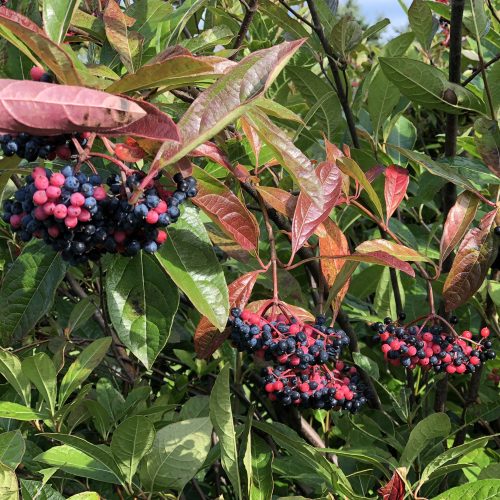
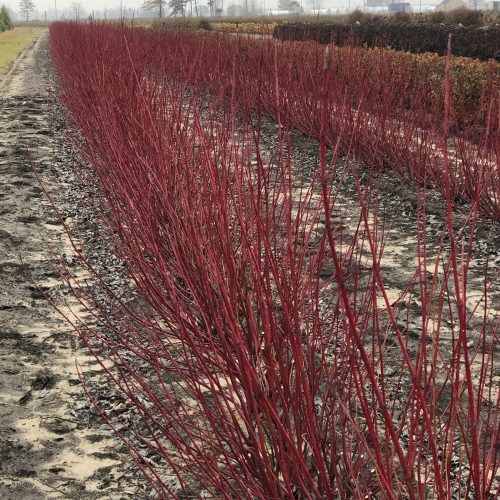
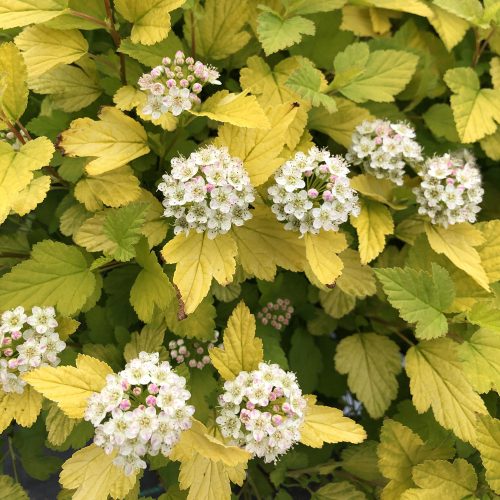
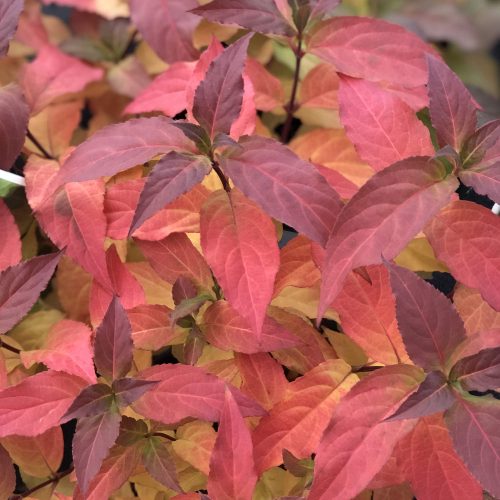
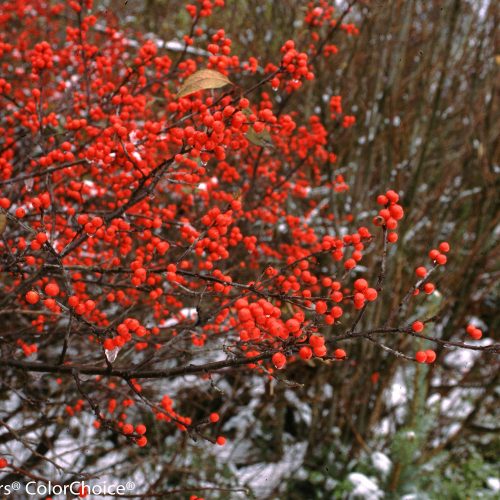
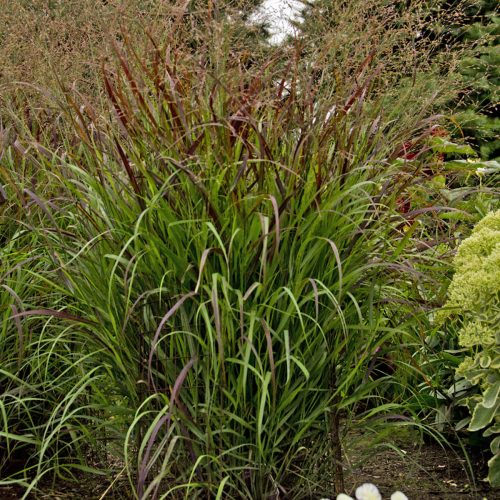
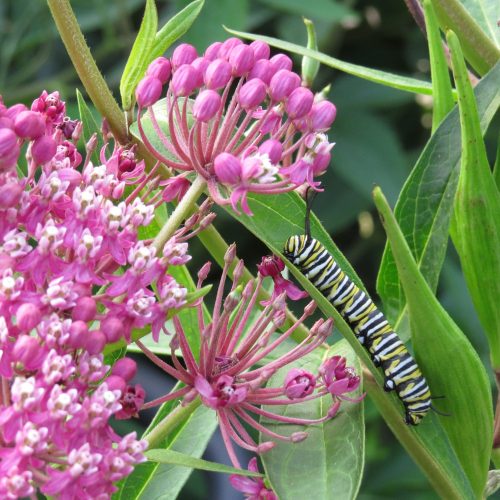
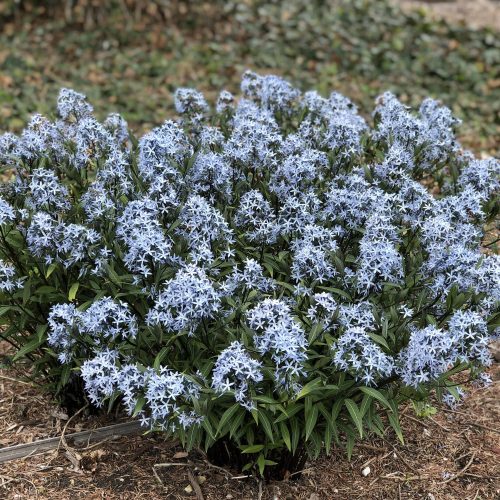
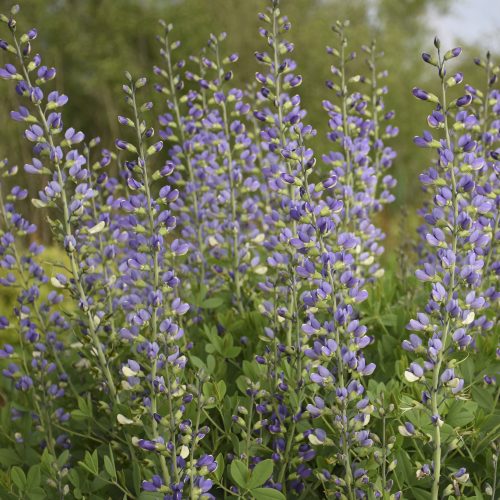
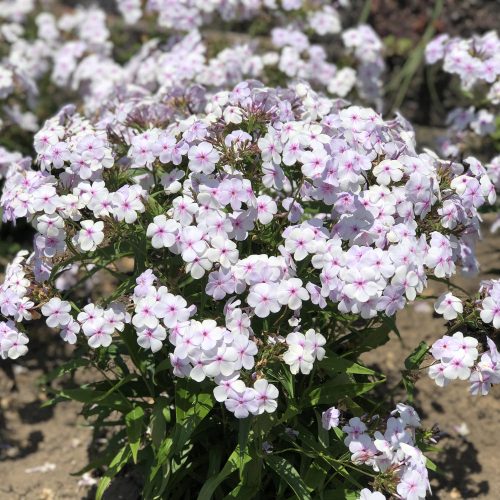
1 thought on “10 Durable Native Plants for Landscapes”
This was such a great article, and very helpful! I an trying so hard to get some things in my borders that are both native, and more foliage than flower focused, and several of these selections seem to be perfect for that!